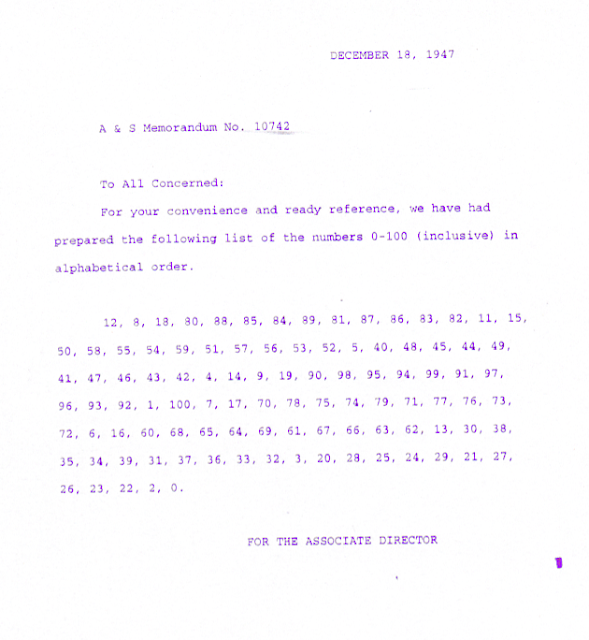A is for Anomaly
In this episode, "A is for Anomaly", our first of the alphabetical episodes, we cover financial fraud, the Roman quaestores, outliers, PDFs and EKGs. Bleep... Bleep... Bleep...
"so perhaps this is not the ideal way of keeping track of 15 individuals..."
